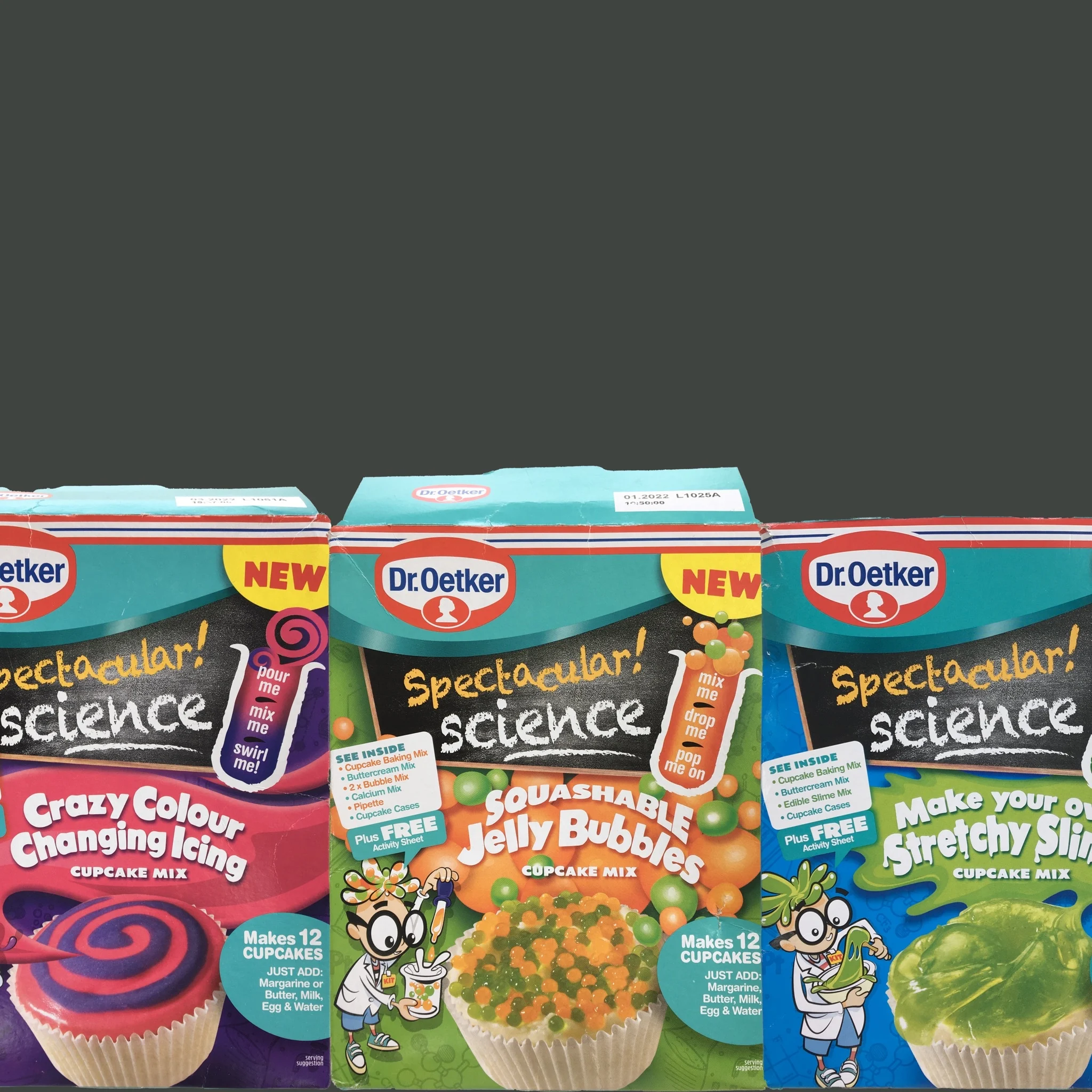Seen around the world | Sep 23. 2021 - 9:22AM
“Spectacular science” color considerations
See this bakery product from the UK!
Our expert
Carolin Dunker, M.Sc., Life Science Technology
Application Manager Team Leader
Normally we’d dive into the complexity of this product and address food science tips and tricks. But let’s face it, marketing carried the show with this limited-time offer (LTO). It’s well-executed with age-appropriate complexity and explanations. We applaud the use of natural colors even when it wasn’t integral to the science experiment. Teaching our kids to use natural ingredients is the obvious choice.
From a technical perspective, here are some considerations:
Nearly any powdered anthocyanin will work for the color-changing icing. They chose black carrot. Black carrot has a great cost-in-use, so it was a good choice. Purple sweet potato, red radish, red cabbage, or anthocyanins from berries would also work. For an LTO like this without high technical requirements, it’s likely most cost-efficient to use a product you already have approved from your color partner.
Both the bubbles and slime used chlorella, which is a freshwater algae closely related to spirulina. Green is the obvious color for slime, but if chlorella is not allowed in your market, you can always use cu-chlorophyll or a blend of spirulina and yellow, like turmeric.
The key for all the natural colors would be to use powders. If you want the powders to be well-colored before they are hydrated, you could choose a product from our I-Color range. They both plate powder and hydrate easily.
In this article, we use our knowledge about color to showcase and analyze inspirational products. We never disclose private information specific to a product; the manufacturers may or may not be our customers.

